Rachael Cavanagh's 10-year-old daughter River has been learning how to manage the land since she was a baby, perched on her mother's hip.
Subscribe now for unlimited access.
$0/
(min cost $0)
or signup to continue reading
"She knows how to read Country, she knows what fire needs to go in, she understands bad fire," the Minyungbal woman said.
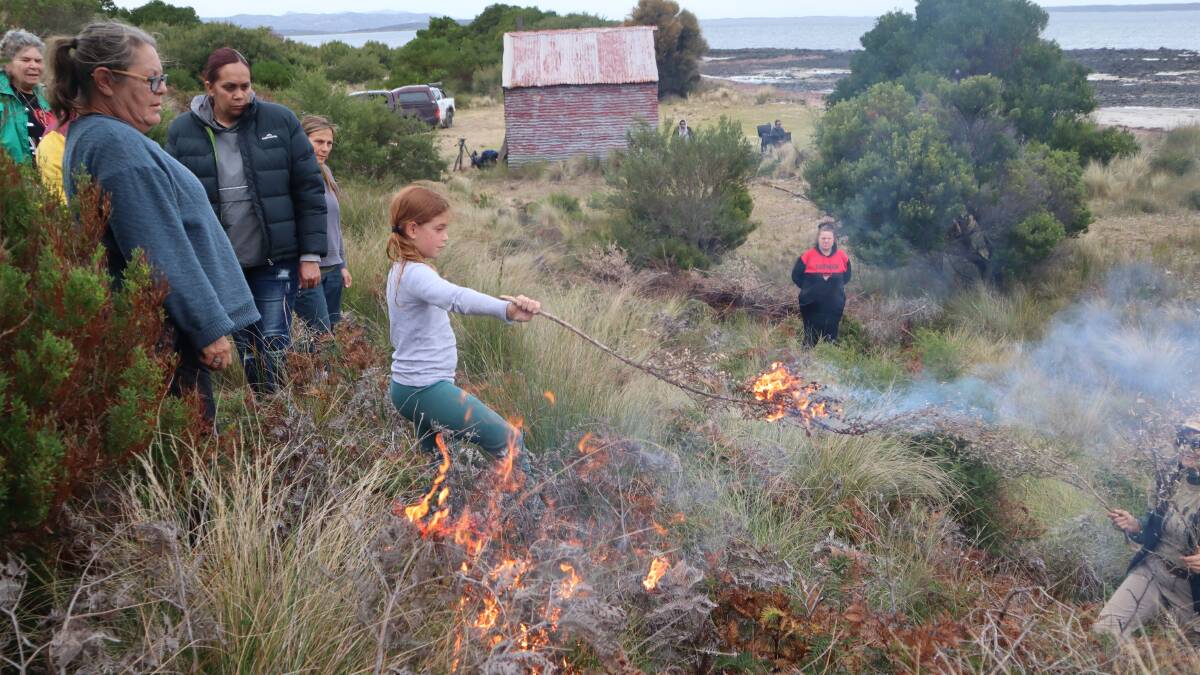
Ms Cavanagh ended a 15-year official firefighting career after one of modern Australia's worst natural disasters - the Black Summer bushfires.
Localised First Nations knowledge could have blunted the force of the blazes which claimed 33 lives, destroyed more than 3,000 homes and razed 24 million hectares of land across five states, she said.
"I'm not saying that the wildfire wouldn't have come but I don't think it would have been as severe because we would have been in there burning that Country at the right time and frequently."
Combined with drought, those fires released nearly double Australia's annual fossil fuel emissions in carbon, a 2021 study found.
"I could no longer work for an agency that refused to listen," Ms Cavanagh, who now works for the Indigenous-run Firesticks Alliance, said.
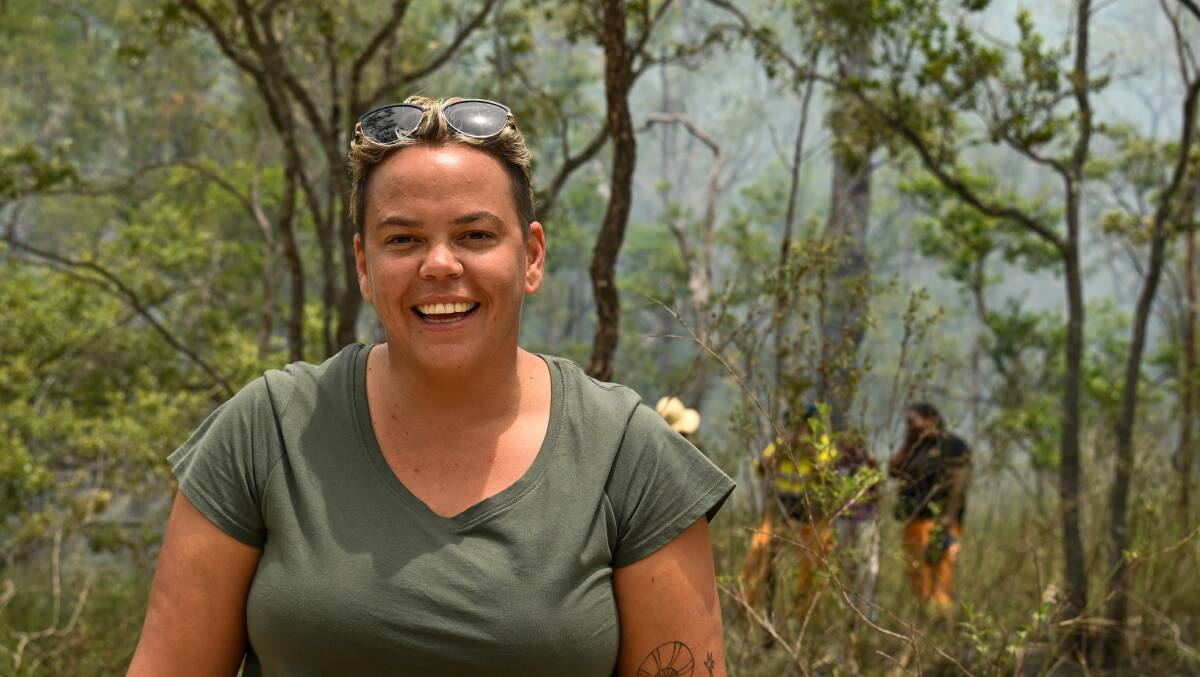
Established over two decades ago to help revive cultural fire practices, Firesticks has expanded rapidly in the past three years.
It now works in 91 communities, attracting young people back to the land and their culture.
Young Indigenous people bear brunt of disaster
Aboriginal and Torres Strait Islander people are disproportionately affected by climate change.
Of the 1.55 million of NSW and Victorian people directly in the path of the Black Summer fires, 5.4 per cent were Indigenous, despite comprising just 2.3 per cent of the states' combined populations, Monash University research fellow Bhiamie Eckford-Williamson said.
"We estimated that one in every 10 [fire-affected] children were Indigenous, which is just full on," the Euahlayi man said.
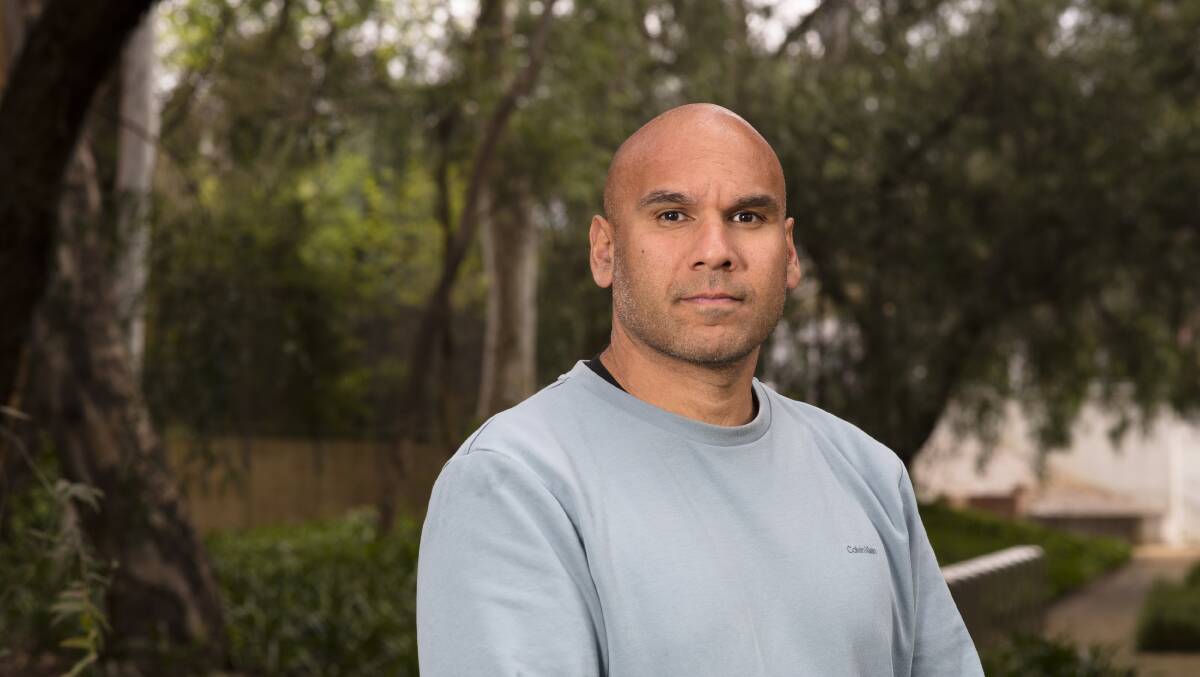
The same was true when floods swept through Lismore and the NSW Northern Rivers in early 2022.
Some 6.2 per cent of those affected by the flooding in areas outside Sydney were Indigenous people.
Mr Eckford-Williamson's research also found younger Aboriginal people were particularly at risk from increasingly severe disasters.
But Indigenous knowledge and input has been absent from official emergency and disaster management and deliberations, including the ACT inquiry into the 2003 Canberra bushfires and the royal commission into the Black Saturday bushfires in Victoria.
The 36-year-old said there had been a "monumental shift" around understanding and awareness of the impact of climate disasters on Indigenous people, institutions were slower to shift.
"We are starting to see little rays of sunshine kind of poke out but certainly nothing that instils a sense of confidence that Indigenous peoples are safe in their own Country just yet," he said.
In its October budget, the Labor government announced $105.2 million to support First Nations people in their communities' response to climate change.
Mr Eckford-Williamson will join a newly announced NSW government-supported group aiming to develop an Aboriginal cultural fire management strategy for the state.
NSW emergency services minister Steph Cooke also said the Rural Fire Service (RFS) had employed 46 dedicated Aboriginal and Torres Strait Islander mitigation crew members.
'Right way fire'
At the forefront of the national conversation around Indigenous land management and bushfire mitigation is the practice of cultural burning, or cool burning.
Bush Heritage Australia's Aboriginal partnerships manager Vikki Parsley said typical hazard reduction burns were very different.
"We refer to that as the differences between 'right way fire' and 'wrong way fire'," the Yuin Wiradjuri woman said.
Hazard reduction burns - fires started deliberately by firefighters to reduce the amount of fuel on the ground - were higher temperature, covered vast and varied ecosystems, and did more harm than good.
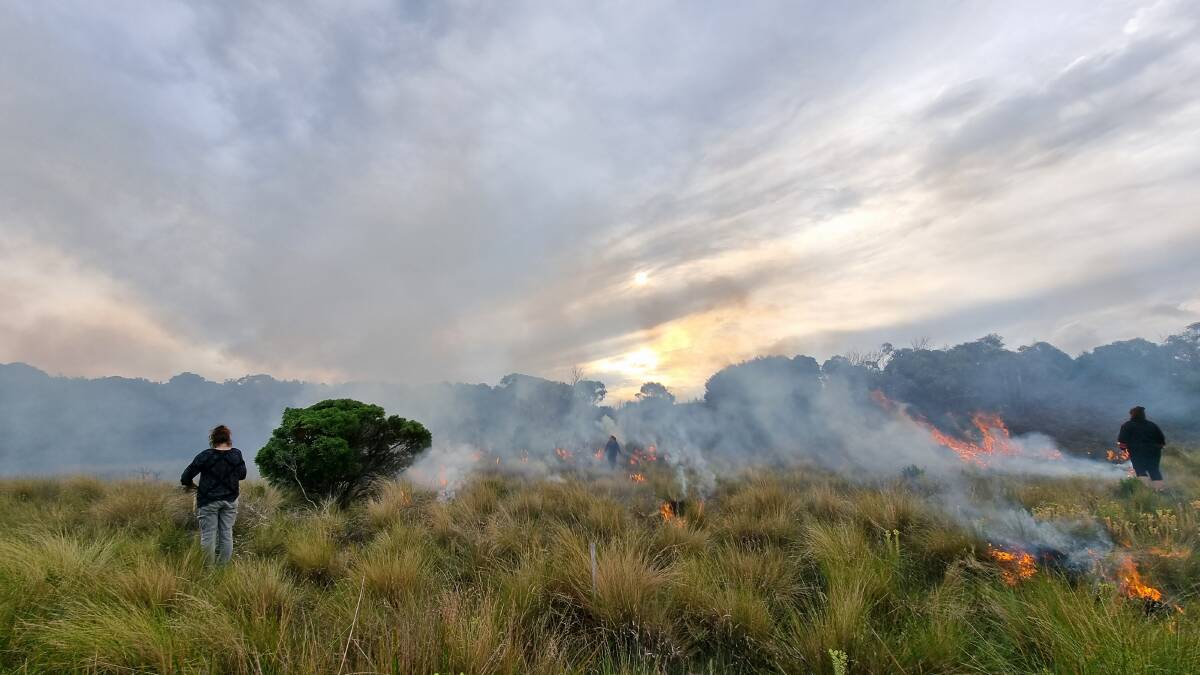
"There's definite scientific evidence to say that those hazard reductions reduce the biodiversity and landscape," Ms Parsley said.
A cultural burn is slow, controlled, cooler and takes into account seasons, biodiversity, temperature, wildlife, vegetation and future fuel loads, she said.
The small blazes set in in a mosaic pattern to clear underbrush were also designed to encourage bush regeneration.
Cool burning appeared in two recommendations made by the NSW government in its bushfire inquiry report.
Australia's 2021 State of the Environment report, released in July, also recognised Indigenous knowledge principles, including the benefits of fire.
The report found 10 million hectares of native vegetation were burnt in the Black Summer bushfires.
Arming future elders with knowledge
Keeping Indigenous knowledge of the land alive may be key to addressing climate change in Australia.
Batemans Bay Local Aboriginal Land Council ranger program on the NSW south coast employs six Indigenous rangers aged 16 to 29.
"Our purpose was to get some young kids onto Country and start learning different ways and different aspects of healing Country before and after fire," ranger coordinator Andrew White said.
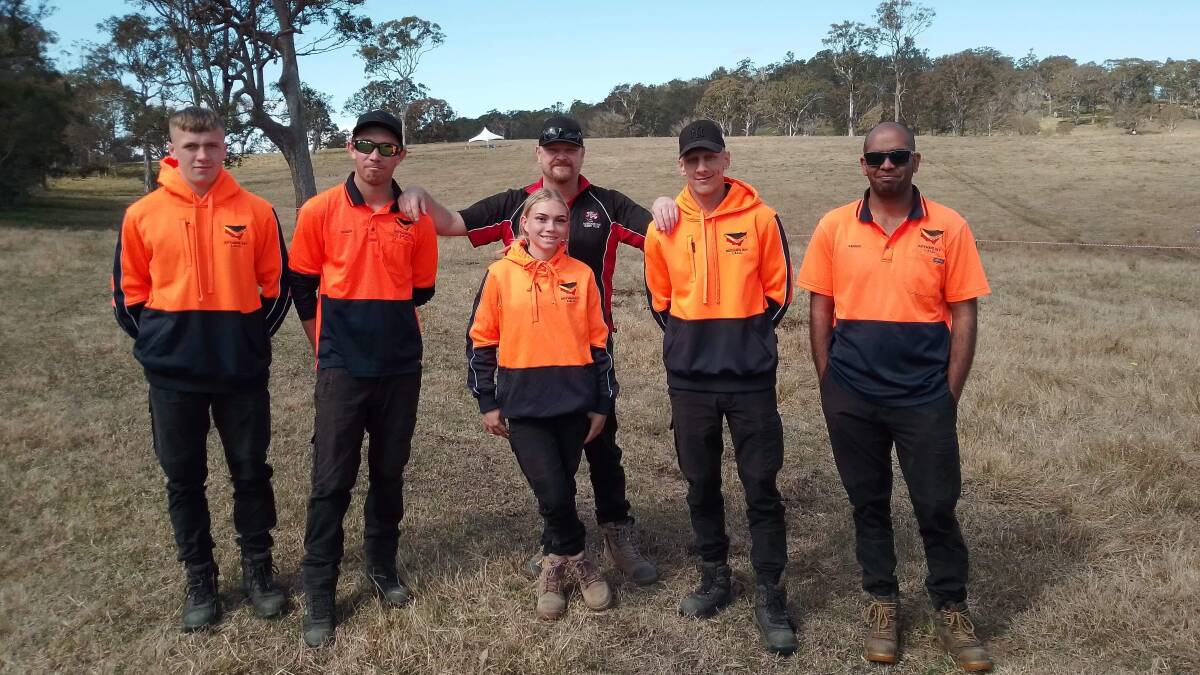
The rangers work on revegetation, weed eradication, cultural burning and erosion control.
Occasionally, they run cultural burning workshops for RFS firefighters but these are yet to lead to changes in official fire management.
"Just to get them on board and get out of that box that they're in and see different ways of managing land," Mr White said.
The RFS was contacted for comment.
Mr White said young rangers are crucial to helping fill a growing knowledge gap.
"If I can mentor a few of the young ones to get back on Country, learn culture and believe in themselves and that what they do is right - it's a big step," the Walbunja man said.
"Two hundred-odd years of not being looked after correctly has definitely whacked [the land] out of place," Mr White said.
"The way we see it now, it's given us a clean slate to work again after these big fires."
Tim's story

Before moving to Wagga I'd never experienced a climate-induced disaster first-hand.
And despite the Murrumbidgee River rising to moderate flood levels twice in the past three months, I technically still haven't.
But I couldn't claim that if I was an Echuca resident, or Lismore local, or living on the south coast during the Black Summer bushfires.
This series explores our climate future through the hopeful lens of solutions.
I'm grateful for the generosity of Indigenous fire practitioners, rangers, water scientists and ecologists who spoke to me about our country's future - one which could depend on their traditional knowledge and generational connection to land.
But one thing is clear is clear to me: disasters always feel far away until they're not.
Apathy and indifference will leave the next generation for dead.
You can read the full Young and Regional: Our Climate Future series here.


